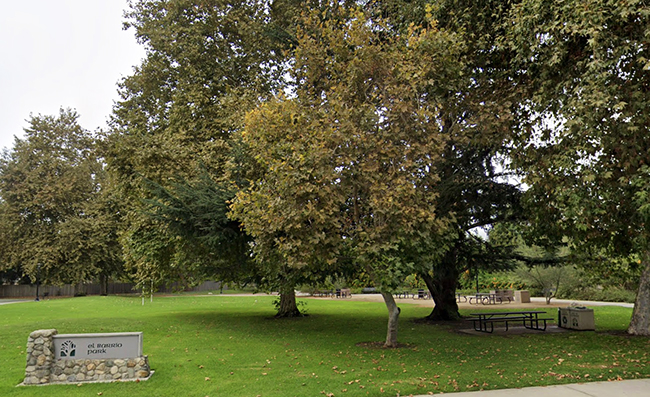Mapping a world of words
by Mellissa Martinez
Although the Olympics are officially over, I’m still pondering one very important aspect of the games: language. While the question on most minds was, “Who will win?” The question on mine was, “What languages are they speaking?” It’s estimated that there are just under 7000 languages in the world and I can’t help but wonder how many were tossed around in London last week. With almost every country represented, the city must have been a harmonious symphony of sounds.
Are all of these tongues somehow related? This question is still unanswered. We do know that most modern languages are grouped into families that share common ancestors. The most recent ancestor is often a classical language like Sanskrit or Latin. Linguists rely on a comparative method to piece together parent languages of our oldest documented languages. By studying sound, structure and patterns, they have determined several major language families.
English belongs to the Indo-European family, which represents languages spoken predominantly in Europe, parts of Asia, North and South America and South Africa. The reconstructed parent, Proto Indo-European (PIE) broke off into the subgroups Hellenic, Indo-Iranian, Italic, Celtic, Armenian, Germanic, Balto-Slavic and Albanian. These groups further subdivided into branches including Greek, Sanskrit, East Iranian, Latin, Old Irish, Armenian, Gothic, Slavic and Albanian. Modern descendants are even more abundant and cover a large geographical area. Few people expect that languages like Croatian, Slavic, Baltic, Bulgarian, Russian, Farsi, Armenian, Greek, Hindi, Urdu, Farsi, Lithuanian and Czech to be related to English, but they are!
Despite differences in writing systems and grammar, family members share common traits like syntax, inflection and vocabulary. Consider the word ‘month’ in Indo-European languages. The PIE root is believed to be *mehns. One can see the similarities in most Indo-European languages like Dutch maand, Welsh mis, Spanish mes, Polish miesiac, Russian myesyats, Greek minas, Farsi mah and Hindi mahina. When compared with non Indo-European languages, the difference is quite distinct. The word for month in Arabic is shahr, Turkish ay, Mandarin yuy and Vietnamese thang.
When it comes to numbers of speakers, Indo-European is the largest family by far, spoken by 46 percent of the world’s population. When it comes to number of languages, we aren’t so robust—there are only 439 modern Indo-European languages. The Niger-Congo family consists of 1532 languages, which are spoken mostly in sub-Saharan Africa. Considering that many of these tongues such as Swahili, Shona, Xhosa and Zulu are tribal, there are relatively few speakers—only 6.5 percent of the world’s population.
The Sino-Tibetan family, with 449 monosyllabic and tonal languages, including Mandarin Chinese, is spoken mostly in East Asia. Because of large populations, this family represents 21 percent of the world’s speakers. The Austronesian family has the second highest number of languages with 1257, including Javanese, Tagalog, Malay, Sudanese and Hawaiian. Although there are many modern languages from this family, they are spoken by just under 6 percent of people. Turkish and Azerbaijani belong to the Altaic family while Hebrew and Arabic come from the Afro-Asiatic family.
Not all languages fit conveniently into a family. Languages that resist categorization are referred to as isolates. Remarkably, these loners have no demonstrable genetic relationship to existing families. The most cited examples are Japanese (and its dialects), Korean and Basque. For years, linguists have struggled to give these guys a home, but for now, they represent a mystery.
This is not the only enigma that puzzles linguists. The larger question (the one I pondered while watching the Olympics) is still unanswered. Are all of these languages somehow related to one mega mother language? Although the mystery hasn’t been solved, a few things are clear. Two million years ago, hominids used gestures or sounds that were associated with meaning. Evolutionary pressure to talk (probably spurred by hunting) forced language, and by the end of the Stone Age, communication was in full swing. Humans had developed syntax and begun ordering words in sentences.
If there was a single parent language, it was likely spoken in southern Africa, the location of the most ancient human populations. As humans dispersed from Africa, the tongues became more distinct. Anthropologists have determined 19 original languages that spanned the globe and later divided into the language families we know today. We may never know if they all came from one, but we do know that they demonstrate an intense and fascinating interconnectedness.








0 Comments